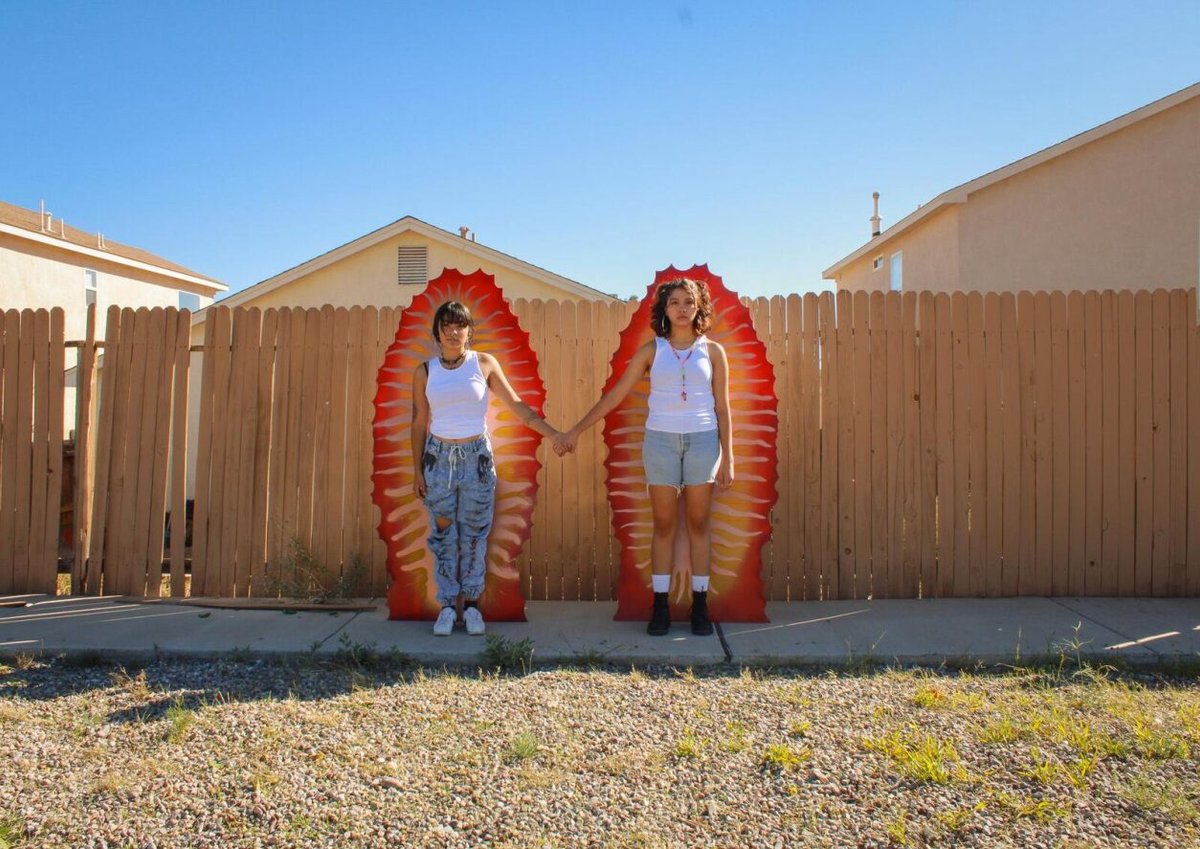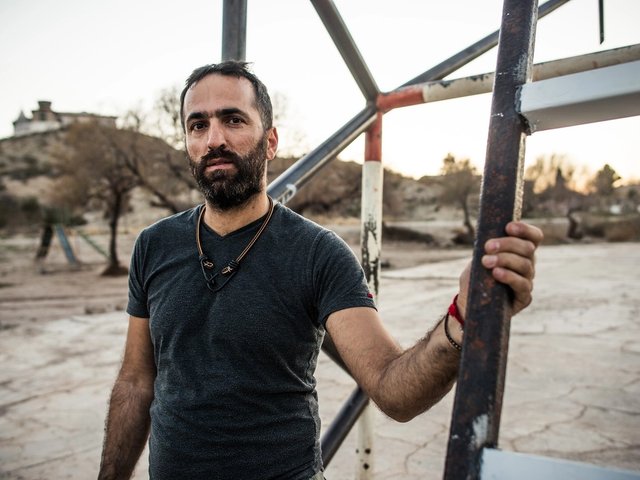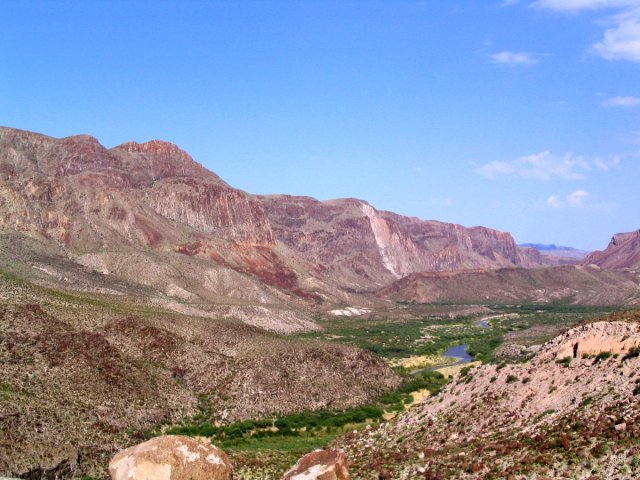The Border Biennial, which celebrates art and culture across the US-Mexico border, is returning for the first time since the onset of the Covid-19 pandemic and related travel restrictions interrupted the 2020 edition of the event.
Called the Bienal Fronteriza in Spanish, the presentation is a partnership between the El Paso Museum of Art (EPMA) in El Paso, Texas, and the Museo de Arte de Ciudad Juárez (MACJ) in Juárez, Mexico. Located in neighbouring cities across the US-Mexico border, the two museums are less than a 20-minute drive apart, not accounting for border control traffic. The last physical Border Biennial took place in 2018, and the first iteration of the event was held in 2008.
“Since its start, the Border Biennial has been a way to bridge the gap, or the literal bridge, dividing the two cities,” says Claudia Preza, the assistant curator at the EPMA who helped select work for this year's biennial. Along with Preza, the biennial was curated by Edgar Picazo Merino, a founding director of the Azul Arena Gallery in Juárez, and Jazmin Ontiveros Harvey, an artist, director and cinematographer working and living along the border.
While El Paso and the surrounding area are often thrust into the national spotlight during surges in migration, the border has a unique, diverse culture with a thriving arts scene, according to EPMA director Edward Hayes.
“This exhibition doesn't attempt to define the border in any way. It's about giving border communities an opportunity to be shown as authentically as possible through the lens of the artists,” Hayes says.
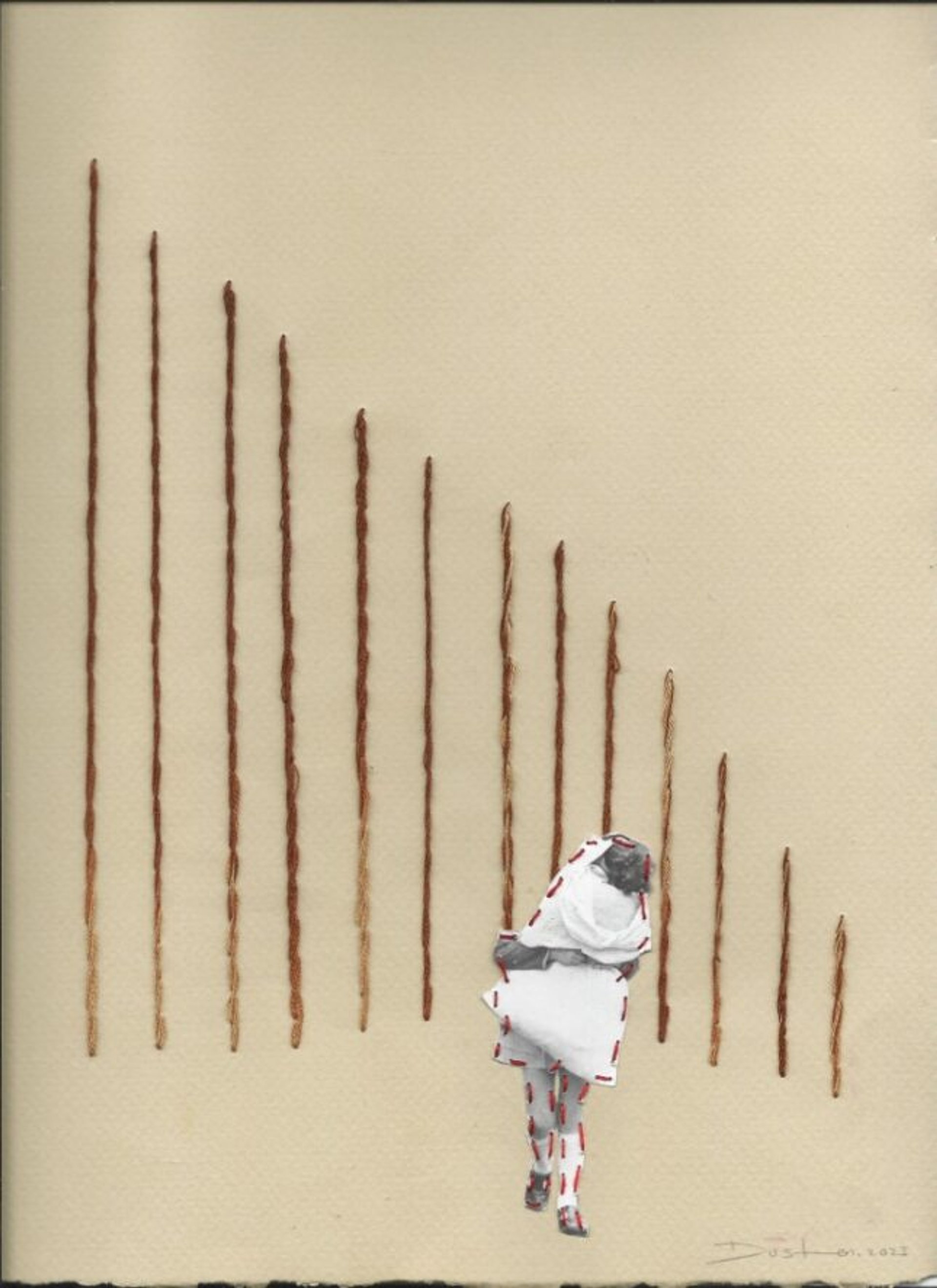
Limite de una existencia I (2023) by Nereida Dusten Courtesy the artist
More than 100 works by 50 artists were selected to be included in the biennial out of 270 applicants. The chosen artists represent three Mexican states—Baja California, Chihuahua and Tamaulipas—and seven states in the US—Arizona, California, Florida, Louisiana, New Mexico, New York and Texas. Artists working within 200 miles north and south of the US-Mexico border were invited to apply, but Preza says some exceptions were made for artists from the area now working in other cities.
The exhibition at the El Paso museum begins on Friday (15 December), followed by the complementary exhibition at the Juárez museum starting on 19 January. Common themes throughout the exhibition include familial relationships, identity, gender, environmental justice, physical and metaphysical borders, the desert landscape and the migration patterns of humans and animals, Preza says.
“The border is so much more than what you see in the news. It's not just about migration,” Preza says. “There's a lot of rich culture, a lot of strong ties with family and a human experience that we can see here in El Paso and at the biennial. There are shared experiences throughout, but everyone has their own story to tell.”
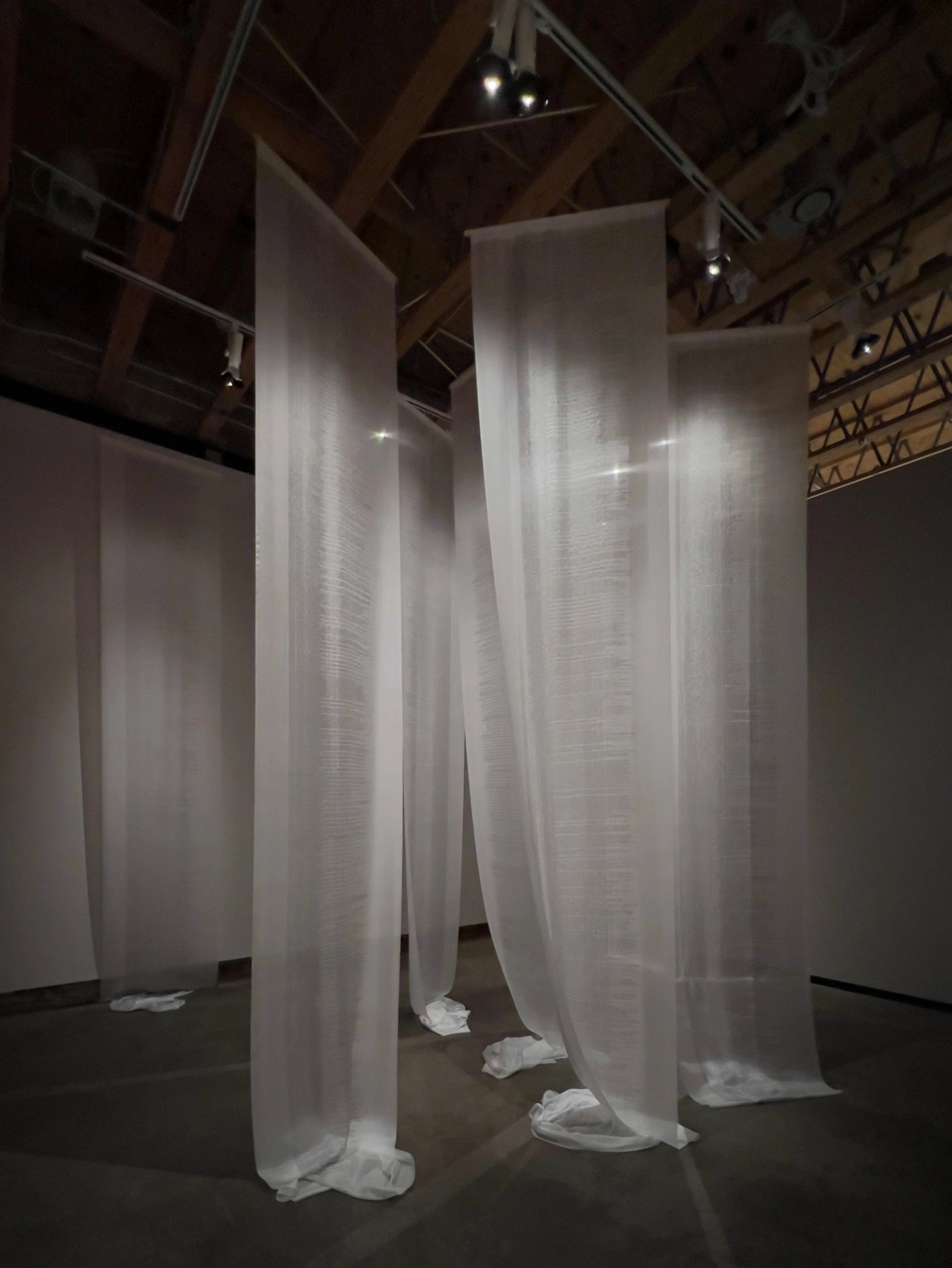
Reverencia: Arizona Migrant Death Mapping Archive of the Pima County Office of the Medical Examiner and Humane Borders (2023) by Elizabeth Pineda Courtesy the artist
When Hayes began serving as EPMA director earlier this year, he was struck by how interconnected El Paso and Juárez are. Other areas along the 1,954-mile border between the US and Mexico are not so interwoven, he says.
“We have artists who applied as a US artist and are living and working in a border community, but may be going back and forth to Mexico every day. It's incredible," Hayes says. "That’s why the Border Biennial is so special here in El Paso, because we're such a fluid border community where constantly, everyday, there's international exchange.”
However, Hayes points out that artists working on the US side often have greater access to funding, exposure and opportunities compared to their counterparts in Mexico. He cited Instagram as a platform that has helped artists to “blur borders” and introduce their art to new audiences in defiance of geography.
This year’s Border Biennial is part of the EPMA’s new programme called Frontera Forward, an initiative to promote the border communities in El Paso and Juárez through art year-round. Through the program, local artists Marianna Olague and Leo Villareal have been commissioned to create two publicly accessible works of art. Olague will paint a mural in the lobby of the EPMA of a neighbourhood scene in El Paso, while a 120ft suspended LED-array designed by Villareal will be installed in the south entrance of the museum.
Hayes points out that many of the art world’s most dedicated collectors, curators and journalists have visited El Paso, as the local airport is one of the nearest to Marfa, the West Texas outpost where Minimalist pioneer Donald Judd established the Chinati Foundation. He hopes more people will stop to give the El Paso and the surrounding borderland’s art and culture scene the closer look it deserves.
“We want to be a place for folks to check in and reflect and experience the incredible large arts community that's here,” Hayes says.
- 2024 Border Biennial, 15 December 2023-14 April 2024, Museo de Arte de Ciudad Juárez and The El Paso Museum of Art


